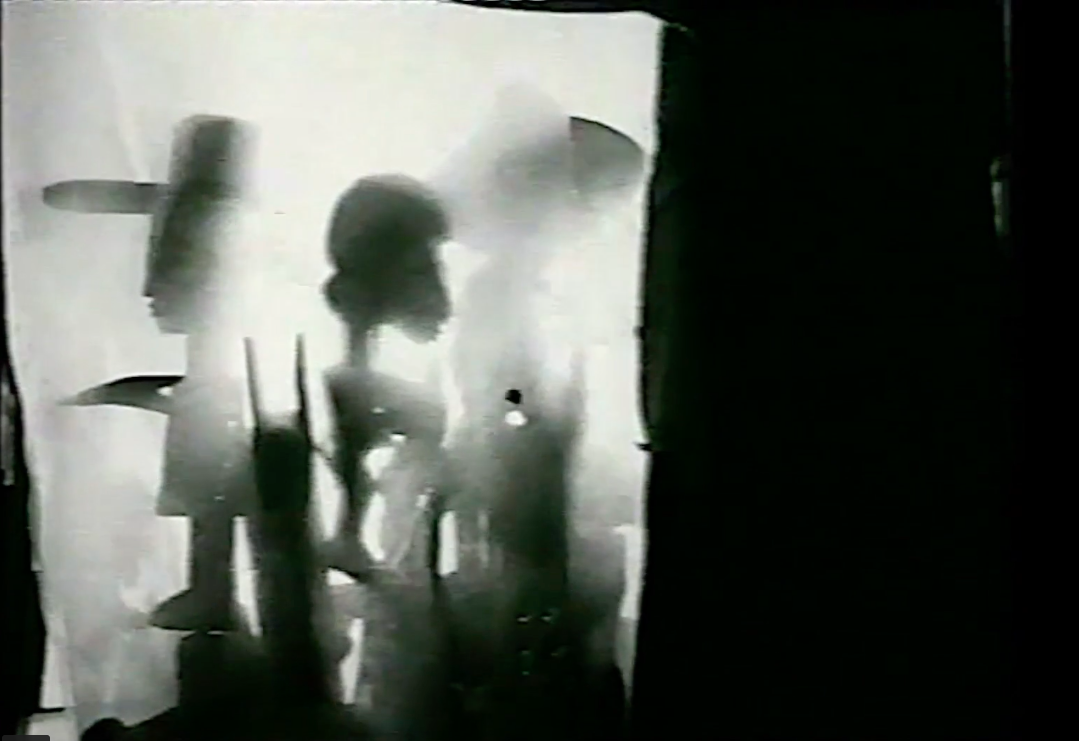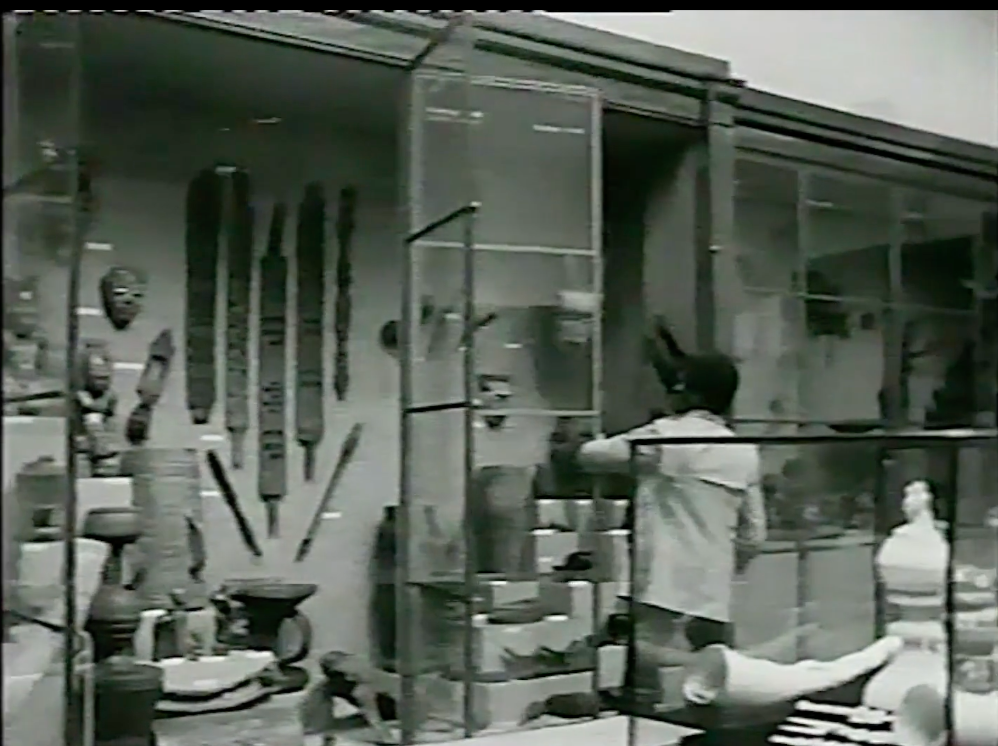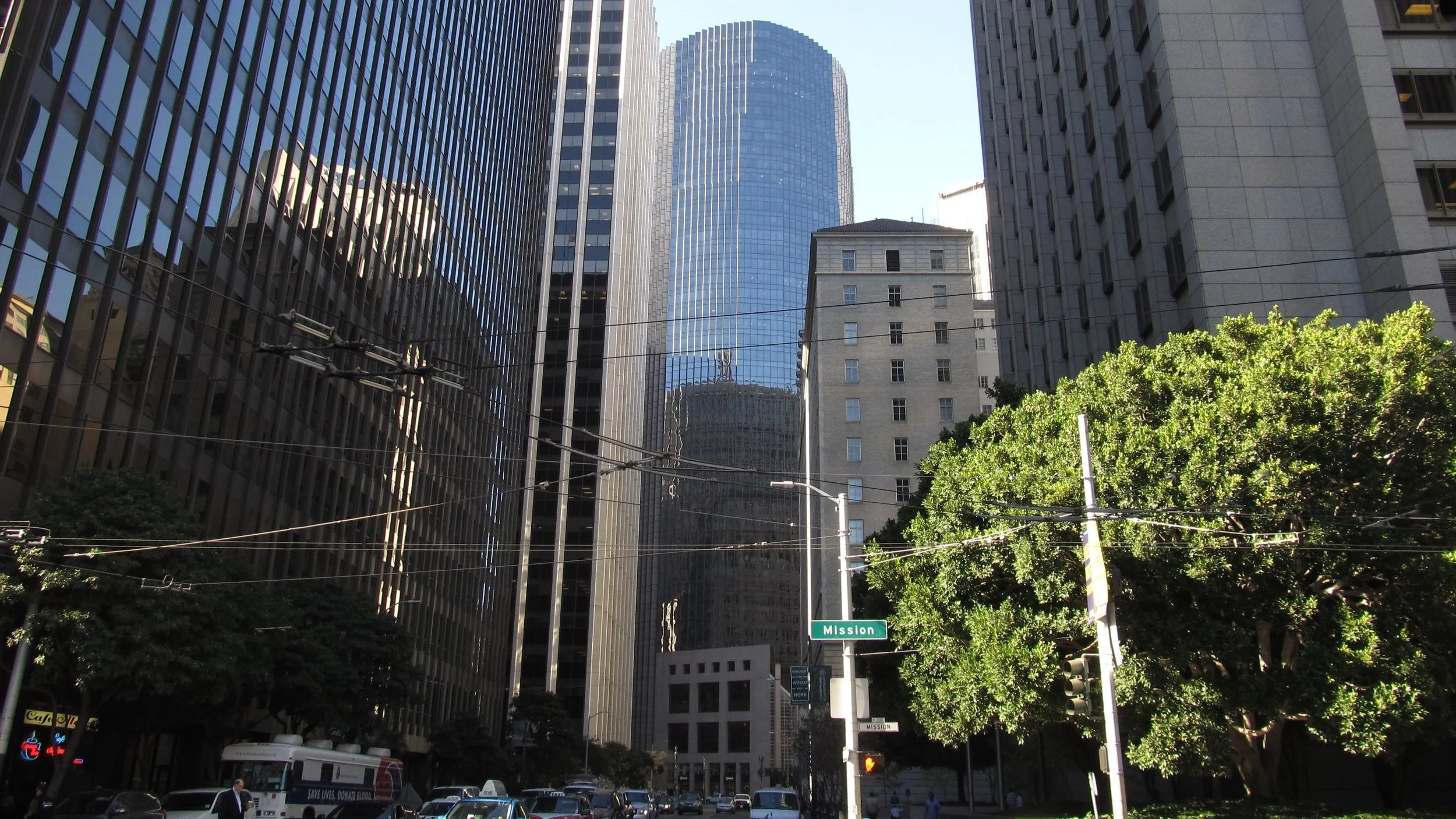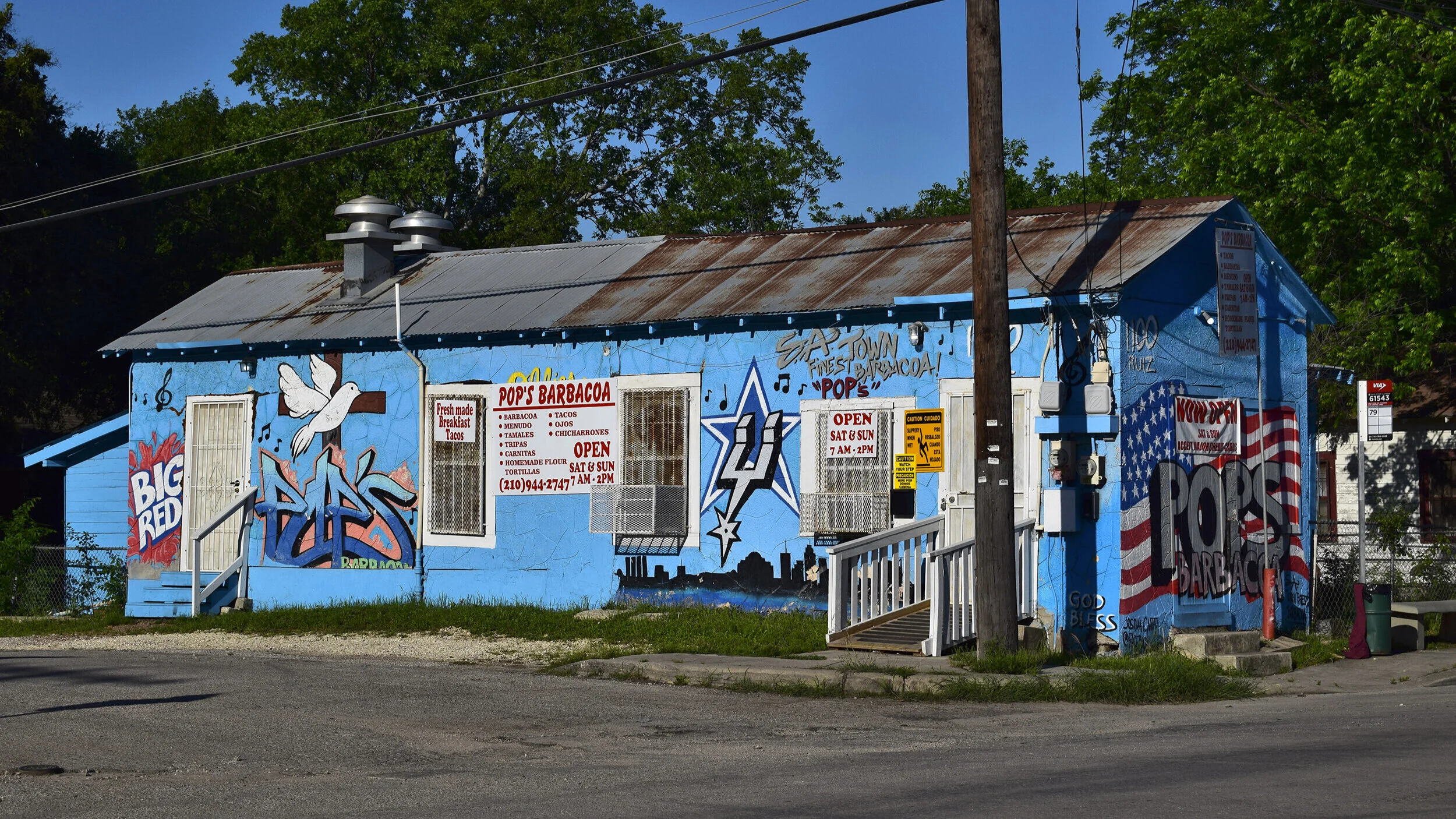Unarchiving: Toward a Practice of Negotiating the Imperial Archive
In 1970, a young Ghanaian filmmaker, Nii Kwate Owoo, produced a short documentary on the collection of African artifacts in the British Museum in London. Titled You Hide Me, the film was shot in haste under the watchful eyes of security personnel. Owoo had managed to secure permission from the museum authorities to film in the museum’s storage spaces as well as the halls of display (Figure 1).
Figure 1. Film Still from Nii Kwate Owoo, You Hide Me (1970).
The Africa collection of the British Museum is remarkable for its indiscriminate diversity: “a statue used for worship, an ancestor’s image, a pipe with tobacco still in it, a comb, a vessel to contain food.”[1] In contrast to the basement where these artifacts are stowed away, wrenched from their social and ritual contexts, selected “masterpieces” are exhibited in large glass display cases in “high-ceilinged halls” of the museum’s above-ground gallery space. As in colonial world fairs, Western curators set the terms of engagement and discourse.
The film links this collection directly to colonial conquest and administration—“an all-out attack on African civilization, social structure, religion, language and art.” A civilization is destroyed and then selected fragments from that civilization are used to create a historical narrative in which Europeans emerge as the experts in African art and society. The subterranean level holds the colonial loot, invisible to the public, while the visible realm where museum visitors encounter the artifacts is staged through the curator’s intervention in narrating the story of these artifacts. The opacity of the storage space and the visibility of the display space share an ontology of colonial dislocation and the spatial hierarchy inherent in system of collecting and display.
Owoo’s film helps us think through the challenges we face when working with and amid imperial archives and collections. The constant awareness that even in reading against the grain, you are valorizing a form of knowledge-making born out of conquest—of brutal expropriation of knowledge-systems, resources, artifacts, bodies, voices—strains the critical voice. Sitting in the tidy halls of an imperial institution, handling artifacts with reverential ardor, to recognize that you can only access the artifacts by submitting to the institutional logic that continues to govern empire, insinuates a discomfort. That continuity, sensing a spatial-temporal resonance with the voices in the archives, is not a solace, nor is it a rude awakening; it is just a nagging recognition of the archival capacity to shape history in the present. The “allure of the archives” to use Arlette Farge’s phrase then resides not so much in having been granted privileged access “to the real” artifacts of the past. Rather it resides in “the surplus of life that provokes the reader, intensely and unconsciously.”[2] It is the possibility of being caught unawares, of being moved by the unexpected, that impels us to work in the archives. In confronting the unexpected we hope we would change the rules of the game, of how we consider the relation between collections, spaces, and the meanings they confer.
In a 2021 interview with Agustina Andreoletti, Owoo describes the subterranean space of the British Museum’s storage as a city within a city, a tightly guarded fortress. While a museum as a tightly guarded precinct ought not to surprise our readers today—from their own experience of conditions of entry to museums, art heist films, and Banksy-style interventions—the analogy posits an important dimension of collections that is recognized but is seldom the focus of inquiry. Only in a couple of Owoo’s shots do the museum staff momentarily appear in the frame. Owoo notes that he didn’t want the museum staff and security personnel in front of the camera. Their parenthetical presence, however, conveys much that is important to understand this instance of annihilation of culture. In the museum’s refusal of access to the vast majority of the collection, it exceeds the “dislocation of culture” to use Robert Young’s characterization.[3] It performs a deadening of objects as life forces.
“It is not the object, but the dislocation and spatial containment of the object that by denying Black ontology permits discourse and creates value.”
Figure 2. Film Still from Nii Kwate Owoo, You Hide Me (1970).
The most remarkable aspect of Owoo’s film is the slow, deliberate way it depicts a young woman and a young man work through boxes and crates in the museum’s basement where rows and rows of storage stacks house the objects: the plunder of a “conquering army.” As a voiceover narrates how the objects got there, we see them open the boxes and remove the plastic covers to look at the objects, holding the baskets, vases, masks, statuettes, jewelry against the light. The stacks, containers, protective covers, and artificial light that comprise this space of hidden dislocated artifacts appear spectral (Figures 2 and 3). In one of the shot sequences, the young man unlocks a series of glass display cases, as if to free the objects from imprisonment. We sense a fleeting possibility of escape (Figure 4).
Figure 3. Film Still from Nii Kwate Owoo, You Hide Me (1970).
In her recent exposé on the debates about restitution and repatriation of collections from Western museums to the Third World that took place between 1965 and 1985, Bénédicte Savoy remarks that Owoo’s polemic is directed against the “uselessness of keeping African cultural goods in the depots of the museums, in Britain or elsewhere. Unseen in the West and inaccessible to Africans—the objects shown in the film appear as an enormous capital hoarded in the basement of the museum.”[4] While Owoo’s film responds to these objects being taken out of their ritual and everyday circulation in African societies, Owoo is also clear that such collections serve a set of very specific economic, political, and cultural uses as hoarded capital. These are assets that enable Western museums to generate revenue, profit from tourism, and place themselves at the center of the nexus of cultural and educational institutions. The process supports Western powers’ efforts to reproduce relations of coloniality decades after colonialism has formally ended. It allows them to compete with each other in a game that has shifted from projecting colonialism as political and economic guardianship to cultural guardianship of the formerly colonized. Extractivism puts on a new garb. Critically, the space of collection not only hides most of the objects from view but obscures African knowledge and culture, precisely because such knowledge is a direct challenge to Western intervention and expansion. It is not coincidental that while strenuously refusing repatriation, Western museums were keen to “offer aid” to expand museums, and thus their own expertise, in Africa.[5]
Figure 4. Film Still from Nii Kwate Owoo, You Hide Me (1970).
Savoy shows that the many attempts by Third World, specifically African, countries to force the issue of repatriation ended in political “defeat.” One could also argue that Third World countries were unsuccessful because they were playing by the same rules as the Western powers: they were abiding by the rules of Western museology that construed a historical narrative through civilizational staging. Here, the assertion of Western authorities that museum conditions in the Third World are “appalling” is particularly important. Even if these authorities acknowledged the moral premise—the ontological claim—behind repatriation or restitution, in the end it didn’t matter because in that worldview the Third World is “incapable of preserving and presenting its own history.” Museum staff in these countries are “hardly sufficiently educated and unfortunately in many cases rather susceptible to corruption.”[6] In contrast to the entropy of the Third World, the cosmopolitanism of Western museums, their facilities and expertise legitimize their claim to these cultural objects—only they have a claim to the life and death of these objects.
It is not the object, but the dislocation and spatial containment of the object that by denying Black ontology permits discourse and creates value. The ghostly piles of ordinary and exceptional artifacts that Owoo documented is also a poignant reminder of the unseen corresponding spaces in the colonies—palaces, markets, shrines, ordinary houses, graveyards—that were emptied to create such collections in the metropole.
Ultimately, Owoo’s film suggests a method of “unarchiving.” The possibility of comprehending the collection otherwise is lodged neither in the artifact collected nor in the building that houses a collection. It resides in-between the artifact and the building: it is produced by the space of the containers in which the artifacts are stored. The space expands and contracts as objects are taken in and out of the containers and the containers are moved, opened, and put back. In You Hide Me’s foregrounding of the apparatus of boxes, containers, and shelves to demonstrate the implications of colonial collecting, we recognize the context-specificity of the role of containers as framing meaning. Containment makes the collection: the apparatus that contains scattered objects frames the meaning of collections. By mediating the relation between object and space they present the forces and constraints that inform collecting.
“Unarchiving is a technique of negotiating the archive by noticing the structures of containment.”
Unarchiving is a technique of negotiating the archive by noticing the structures of containment. It is about undoing, refusing, and remaking the “archival structures that inform cultural meaning.”[7] Crafting a set of rules different from the structures that govern archives, it involves a method of paying attention to the marginal spaces, that which is left over, refused, unacknowledged, and looking for the openings where the archival line of thought is strained by its banality and becomes too fragile to maintain a countenance of control. It becomes a form of disassembling: noticing, while unwinding, what might have been erased and left out in the process of archive-making, both intentionally or because some spaces and events thwart representation.
In 2020, fifty years after he had made the film, Owoo’s landmark documentary won the Best Short Documentary Film prize at the Paris International Short Film Festival. Once confined to limited circulation because it was considered “un-British,” the film’s recent emergence and recognition speaks to the importance of unarchiving at this present moment: of the need to “remobilize” archival materials in a manner that confronts the contradictions that fuel the allure of the archives. If the attempt by Third World countries to adopt the norms of imperial museology ended in “defeat,” as Savoy argues, Owoo’s film, by auguring a different set of rules for negotiating an imperial collection, perhaps suggests a way forward.
Author’s note: This article is drawn from my forthcoming book Small Spaces: Recasting the Architecture of Empire (Bloomsbury, 2023).
Notes
[1] Nii Kwate Owoo, You Hide Me (1970), 16 mins, b/w.
[2] Arlette Farge, The Allure of the Archives, trans. Thomas Scott-Railton (New Haven: Yale University Press, 2013), 31.
[3] Robert Young, “The Violent State,” Naked Punch Supplement, Issue 2 (October 2009).
[4] Bénédicte Savoy, Africa’s Struggle for its Arts: History of a Postcolonial Defeat (Princeton: Princeton University Press, 2022), 13.
[5] Savoy, Africa’s Struggle, 83–6.
[6] Savoy, Africa’s Struggle, 38. Savoy points out that these kinds of arguments were made even whether museum officials knew that their museum buildings and storage facilities were failing by their own standards.
[7] Jason Camlot and Katherine McLeod, “Introduction: Unarchiving the Literary Event,” CanLit Across Media: Unarchiving the Literary Event (Montreal: McGill-Queen’s University Press, 2019), 3.
Citation
Swati Chattopadhyay, “Unarchiving: Toward a Practice of Negotiating the Imperial Archive,” PLATFORM, June 5, 2023.









